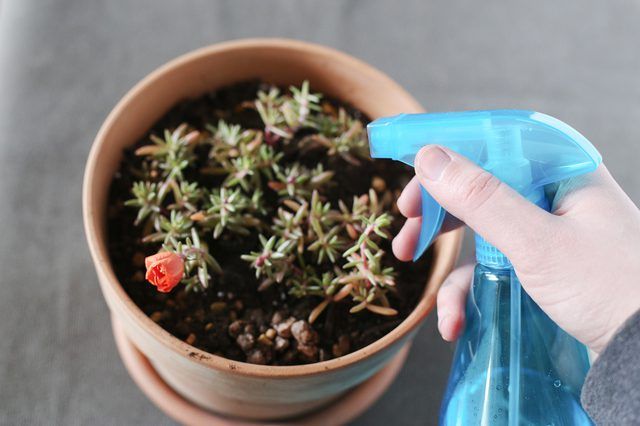Bulbs
Flower Basics
Flower Beds & Specialty Gardens
Flower Garden
Garden Furniture
Garden Gnomes
Garden Seeds
Garden Sheds
Garden Statues
Garden Tools & Supplies
Gardening Basics
Green & Organic
Groundcovers & Vines
Growing Annuals
Growing Basil
Growing Beans
Growing Berries
Growing Blueberries
Growing Cactus
Growing Corn
Growing Cotton
Growing Edibles
Growing Flowers
Growing Garlic
Growing Grapes
Growing Grass
Growing Herbs
Growing Jasmine
Growing Mint
Growing Mushrooms
Orchids
Growing Peanuts
Growing Perennials
Growing Plants
Growing Rosemary
Growing Roses
Growing Strawberries
Growing Sunflowers
Growing Thyme
Growing Tomatoes
Growing Tulips
Growing Vegetables
Herb Basics
Herb Garden
Indoor Growing
Landscaping Basics
Landscaping Patios
Landscaping Plants
Landscaping Shrubs
Landscaping Trees
Landscaping Walks & Pathways
Lawn Basics
Lawn Maintenance
Lawn Mowers
Lawn Ornaments
Lawn Planting
Lawn Tools
Outdoor Growing
Overall Landscape Planning
Pests, Weeds & Problems
Plant Basics
Rock Garden
Rose Garden
Shrubs
Soil
Specialty Gardens
Trees
Vegetable Garden
Yard Maintenance
How to Care for Portulaca
How to Care for Portulaca. Portulaca grandiflora, commonly called moss rose, grows as a colorful, spreading ground cover in beds, borders and containers. This annual flower grows readily from seed broadcast directly in the garden bed, or you can plant it from transplants in spring after frost danger has passed. Moss rose is related to the invasive...
Portulaca grandiflora, commonly called moss rose, grows as a colorful, spreading ground cover in beds, borders and containers. This annual flower grows readily from seed broadcast directly in the garden bed, or you can plant it from transplants in spring after frost danger has passed. Moss rose is related to the invasive annual weed purslane (Portulaca oleracea). Although the cultivated version doesn't spread as readily, it can also become invasive in some areas.
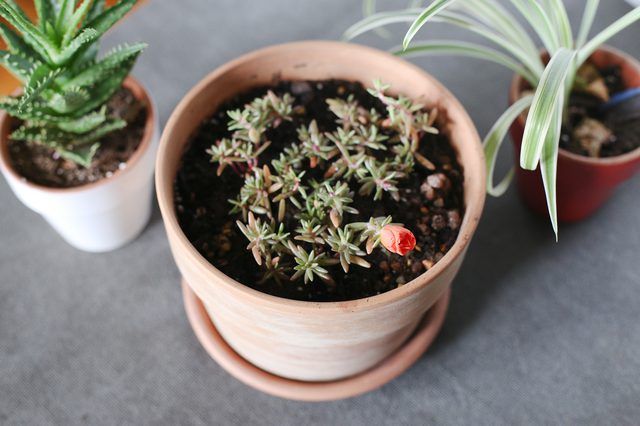
Moss rose grows well in rocky, sandy soil that drains quickly. The plants spread fast, covering up to 12 inches of bed and growing about 6 inches tall. When adding plants to the garden, give moss rose the room it needs to reach its full spread and avoid planting tall plants nearby that may shade it. Moss rose spreads by self-seeding, so growing it in a site where you want it to return each year is the best choice. In mild, frost-free climates it sometimes becomes invasive and shouldn't be planted.
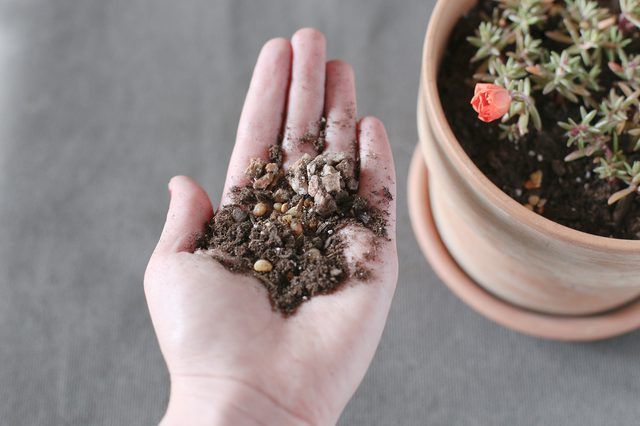
Although highly drought-tolerant, you will be rewarded with more flowers and lusher foliage if you water moss rose regularly. Provide about 1 inch of water weekly unless there is a comparable amount of rainfall. Container-grown plants may need daily watering, so water these when the top 1 inch of soil feels dry. Overhead watering, which wets the foliage, damages the flowers or causes them to drop prematurely. Water near the base of the plants so the flowers and leaves stay dry. Moss rose doesn't need fertilizers and can grow well in poor soil.
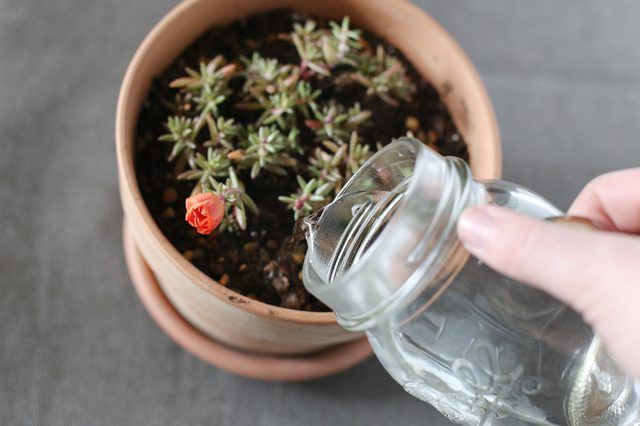
Regular deadheading serves two purposes: It removes the old flowers so they don't form seeds, and it cleans up the plants while encouraging more flowers. Grasp the stem behind the wilted flower and pinch it off, removing both the old bloom and the swollen seed-producing structure at the base of the flower. Moss rose flowers from midsummer through fall, so you may need to deadhead a few times a week. You can also trim back dead or damaged stems to a leaf or bud. Simply pinch off the stem or cut it off with shears that have been wiped with a cloth soaked with rubbing alcohol.
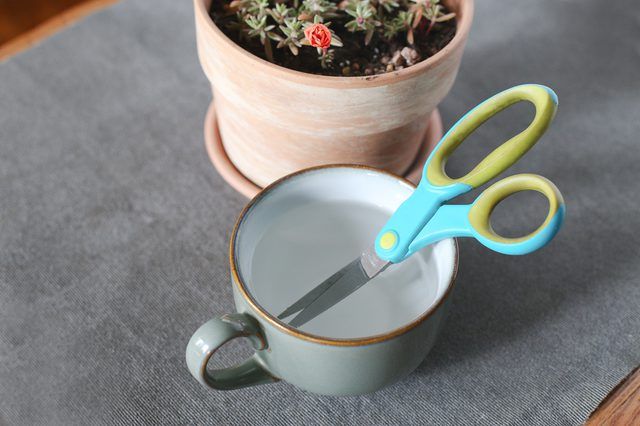
Few pests or diseases bother moss rose. Aphids, small pear-shaped, sap-sucking insects, may sometimes feed on the foliage. Rinse them off with a sharp spray of water aimed at the undersides of the leaves. Root rot is an issue that will kill the plants in wet or poorly drained soil, but planting in the appropriate site prevents problems. Rust, a fungal disease, may infect a plant. The fungus causes the stems and leaves to swell, and white pustules form on the foliage. Pull up and destroy infected plants so they don't spread the fungal spores.
